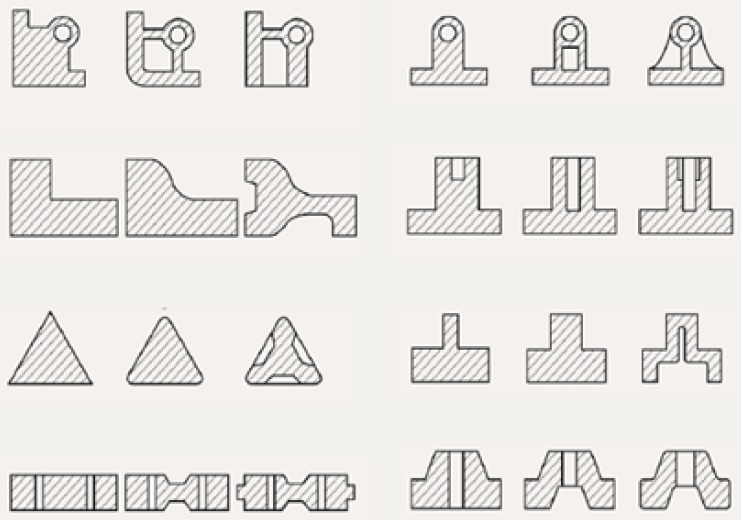Product development is an iterative process. Discover fuNDAMENTAL ARCHITECTURES, prototype, test and refine.
3D Modeling
NX, Creo & SolidWorks - proficient across all.
Top Down Assembly Methods - use of ID Masters, skeletons, dependency management, etc.
Advanced Surfacing - continuity conscious. Sensitive to the decision making driving blends, repeating patterns, etc. Ambassador of compliance to Industrial Design intent.
Concept Develop
Mechanical Stackups - providing volumes representative of the components necessary to achieve usability/functional requirements.
Design - strategy tailored to goals, use cases, and resources. Learning fast with prototypes, to develop for production.
Shape Studies - exploring different forms, weighing their pros and cons against one another, to further inform.
Value - Customer focused, and business viability validation. BOM estimates of concept(s), competitive landscaping, verify feature set supports business case.
Prototyping
3D Printing - familiar with many technologies, and when to use which for what effort.
CNC - performance in excess of identical die cast components, rough performance can be estimated and corroborated via FEA simulations. I've CNC and welded, to emulate extrusions.
Soft Tools - slightly cheaper and quicker than production tooling, urethane and aluminum tooling are great ways to prove out injection mold designs.
Sheet Metal - Can be quick and cost effective, while providing performance representative of production.
Lathe - extremely useful and fast for turning precision parts, making custom hardware, etc.
Compression Molding - cheap and fast tooling, used to make TPU, TPR, silicone parts.
Paper Dolls - useful for cable/flex routing and assembly tests.
Testing
Design of Experiments - distill the fundamental questions which must be answered, do not enter too many variables at a time.
Thermal Testing - make thermocouples, multiplexer, monitor, and plot.
Environmental Testing - IP seal testing against dust and water. Drop testing, tumbling testing, shock testing, ESD, etc.
Cycle Testing - also known as accelerated life testing; we are looking at areas of wear, on the parts, and mechanisms which see motion.
UV and Chemical Exposure - again accelerated life testing; we verify colorfastness, and expose components' weaknesses.
UL Regulatory - submitted for, and received many UL certifications.
Detail Part Design
Design Review - lessons learned from prototype testing, shape studies and evaluations. Weigh pros and cons, and align on design direction for impact.
Design for Assembly - optimize design to eliminate difficult tasks, and incorrect operations, for repeatable and reliable of assembly inputs/outputs.
Refine Design - working with Industrial Design to optimize geometry for compatibility with appropriate manufacturing methods and materials, while preserving design intent.
Design for Manufacturing - aware of what process part is being designed for, include all necessary features/details.



